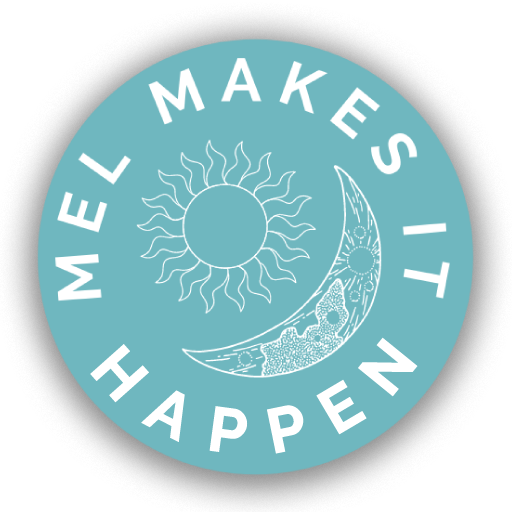Years ago, healing is not a word I would have associated with myself in a long-term state. To me, healing was the 1 to 2 weeks it takes to get over a cold or the 6 months someone might require of physical therapy post-injury. I’ve even shared about my childhood arthritis and how remission seemed almost immediate. I’ve never had concerns linger around long enough for me to see how layered healing can really be.
Healing is a process.
It was a naïve way of thinking to believe that healing was a one-and-done situation. It was only through a variety of trials as an adult that I have explored different ways of being and different practices. Each one has taught me a lot about myself but some really led me astray in ways that I’m still unpacking today.
Just to name a few: when I got my first full-time job, I was exposed to working with others, learning what I value in work, falling in love, and stress like I’ve never experienced before all-in-one place. I over exercised my body into a state of amenorrhea and hormonal imbalance. There’s also the interesting facet of disordered eating and body image issues that I can’t remember establishing but nonetheless affected me in major ways.
So, when I realized how much any one of these events, or aspects of them, was affecting me, I had to seek out healing.
Check out my post on How to Recognize Dis-Ease for more explanation on what it means when something is affecting you. For me, often the desire for healing came from insomniatic thoughts keeping me up and crying at 12 am. Or spending too many evenings with a belly ache and a disgust for the way I would treat myself. A lot of the time, it came from me seeing someone I admire living FREELY and me really wanting to no longer be tied down to my burdens.
However, just because I made a decision in ONE moment, it didn’t mean I was relieved.
There is the initial stage of learning what’s wrong. I use the word “wrong” loosely here, only as a means to signify what is out of alignment for you. What happens after this has no pattern, guidebook, or timeline because it’s different for everyone. It is inevitable that I learned more about my relationship to my symptoms and why they existed in the time (days, months, and years) following the ah-ha moment when I realized what was out of alignment.
Sometimes it seemed obvious like, maybe I ate food that just doesn’t sit well with me. Yet, as my unique process of healing moved along, I realized there is a lot that I was doing to myself. It wasn’t necessarily some outside thing affecting me, in several cases I began to flip the script and see how I was affecting me.
The role of the self in healing:
They say that the first step in recovering is recognizing that you have a problem. Well, I knew very well that I had a problem but that didn’t always inspire action. I simultaneously held in my mind the desire to change my ways and the desire to cling to what was comfortable. The fear of “what if I’m unfixable?” or “what if I try something different and it doesn’t actually make me feel better?” plagued me and kept me oscillating between getting better and just being in a rut.
Oh yeah, the rut. There’s also the time I spent not actively trying to get better. When I thought I’d reached a good place with myself, I’d succumb to my old ways, thinking I could handle a swim. Instead of holding my head above water, I quickly sunk into the habits, discomfort, and thought processes that I thought were gone.
I didn’t know I was backpedaling until I was in the thick of the muck again. I do not admonish myself because this needed to happen once, twice, 38,420,950 times until I finally learned I don’t want this to keep happening! We are human beings that learn through patterns and establishing new ways of being requires commitment to try again. Healing isn’t about “getting it right”, it’s about being willing to learn your ways, anticipate possibilities, call yourself out on your BS, and be willing to start over many, many times.
To put it simply: healing is a process.
Healing may start out as a way to get rid of toxins, negative thoughts, bad habits, and pain. The healing that endures takes a more holistic approach of not just looking at the symptom but how that symptom arrived in the first place. The process of healing involves an ongoing journey of learning, connecting all aspects of health, and being open to adapting.
xo,
Melanie
Like this post? Pin it!

Disclaimer: any material shared on Mel Makes It Happen is based on personal experience of the author and meant to be used for educational purposes only. The information is not a replacement for medical care, therapy, or professional advice/treatment.


